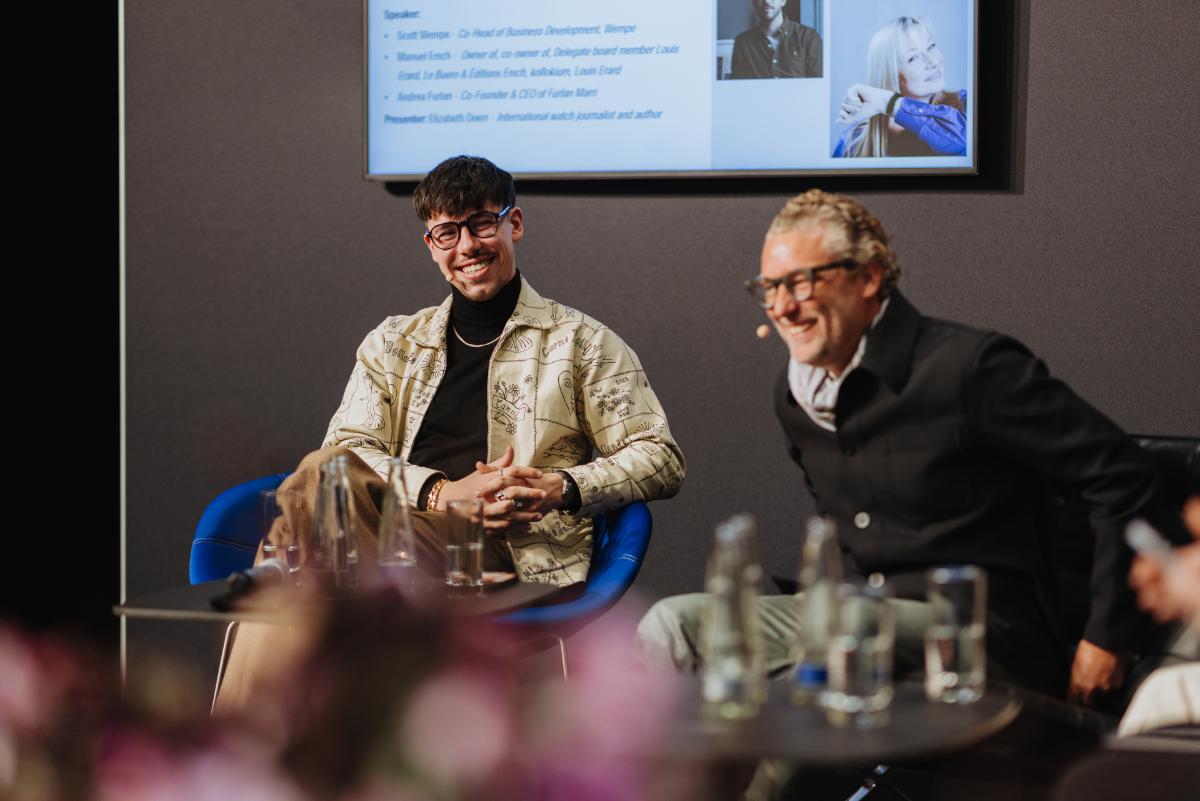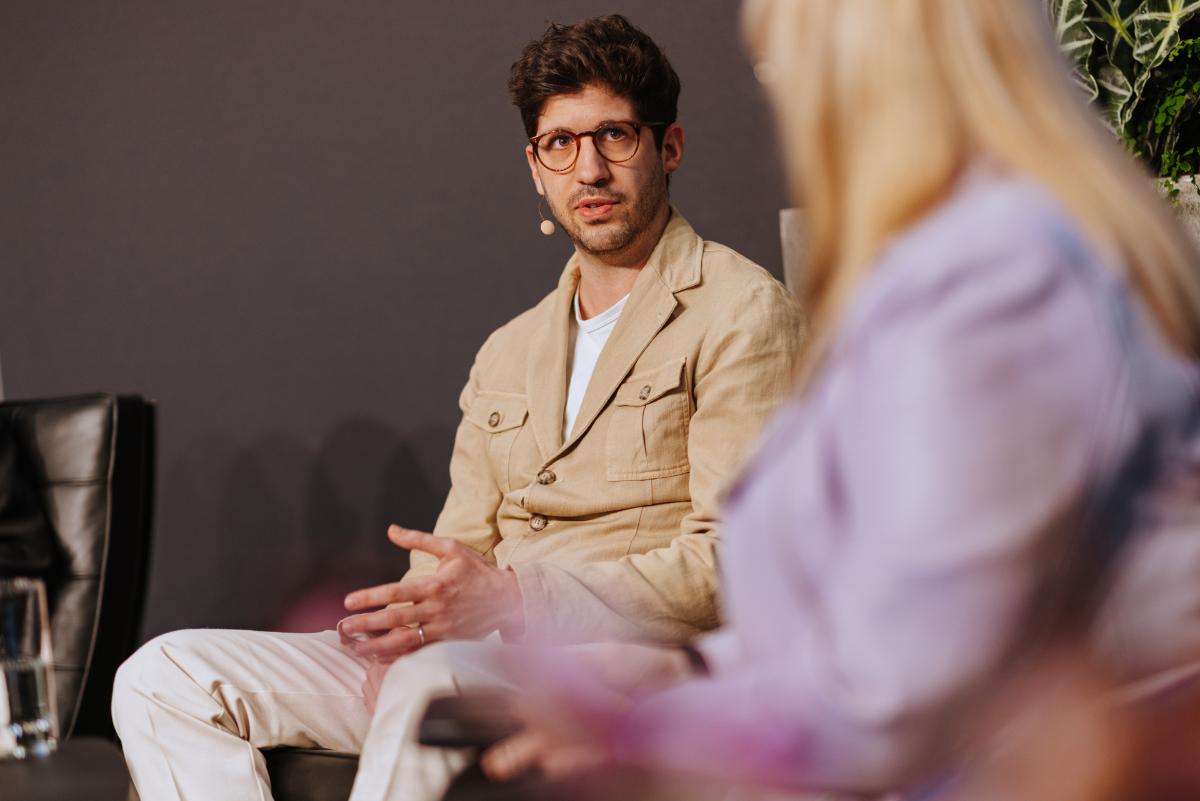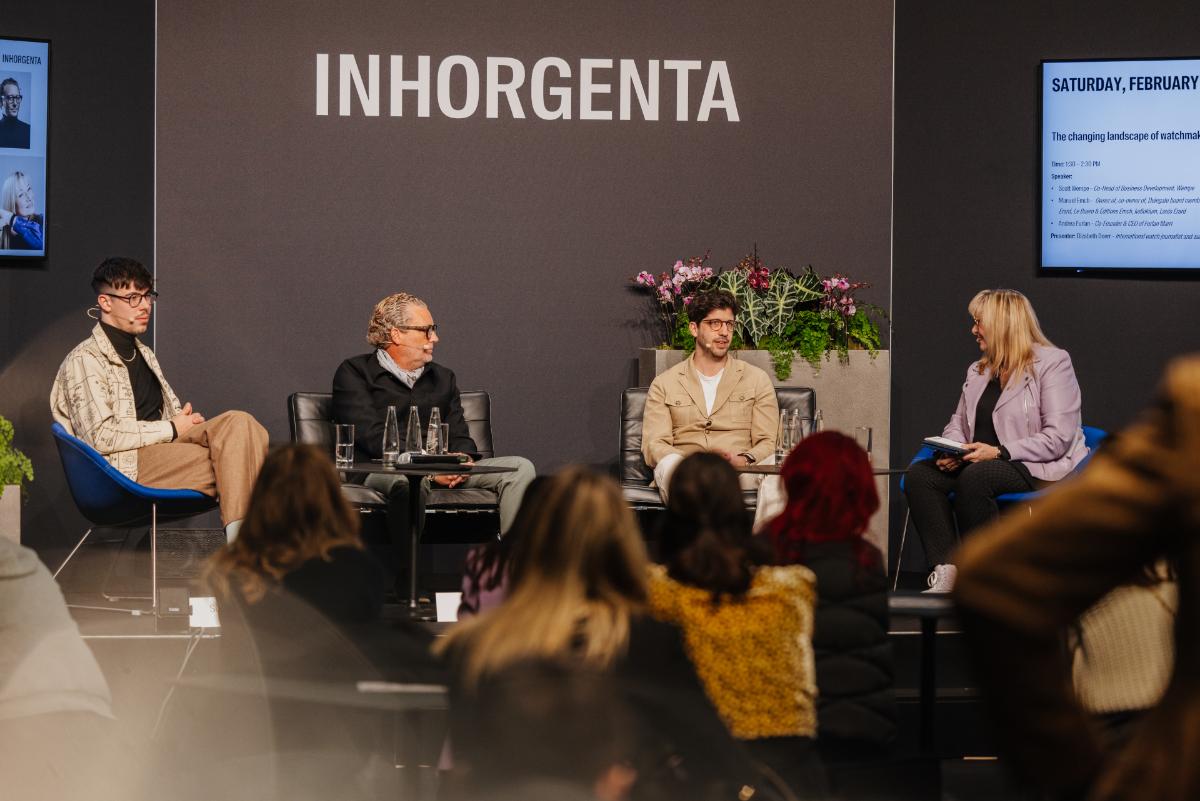As everyone would agree, the Covid pandemic had major ramifications for the global economy and profoundly altered lifestyles and consumption behaviour. The impact on watch sales, once the effects of the outbreak had been more or less brought under control, was a significant uptick in growth. But what is the situation today, now that euphoria has given way to uncertainty? This was the topic under discussion at a panel which the Fondation Haute Horlogerie hosted at the INHORGENTA trade fair in Munich and that Elizabeth Doerr, international watch journalist and member of the FHH Cultural Council, moderated.
A changing landscape. A changing landscape. A changing landscape. A changing landscape. A changing landscape
A changing landscape. A changing landscape. A changing landscape. A changing landscape
A changing landscape
by Christophe Roulet
After the post-Covid surge, watch sales are contracting. Brands need to reinvent themselves if they are to turn the situation around. A panel discussion, organised by the Fondation Haute Horlogerie at INHORGENTA in Munich, touched on some of the ways they can achieve this.
The Covid effect
“We did indeed benefit from a ‘Covid effect’ when watch enthusiasts were forced to stay home, with time on their hands and money to spare,” noted Andrea Furlan, founder and CEO of Furlan Marri, which launched in 2021. “Our crowdfunded debut, via Kickstarter, gave us the cash we needed to launch the brand and within one month we had a base of 2,000 customers, mainly through social media. Today, part of our strategy is to ask our community what they want, by inviting them to vote on product designs.”
Louis Erard, a brand that was struggling in the late 2010s, faced a different challenge: come up with an idea that would put the company back on track. “Our Japanese retailers were threatening to drop us. I had to bluff it out, in order to save the brand,” Louis Erard’s co-owner Manuel Emch told the audience. “First I told them we had a bridge loan. Then I said we had a collaboration with Alain Silberstein in the starting blocks, and because Silberstein is such a star in Japan, they went with it. Since then, we’ve introduced other creative collaborations, including with such respected names as Vianney Halter and Konstantin Chaykin, and we intend to take the concept further through upcoming projects with artists and architects. This strategy is part of a new vision to push Louis Erard’s creativity.”
The post-Covid paradox
Nonetheless, the watch world faces a new paradox that brings its own set of questions, summed up by Manuel Emch: “There are more new customers now than ever in the past 25 years, all well-informed and passionate about watches. At the same time, the industry is suffering from serious structural challenges resulting in overcapacity for mechanical movement production. After the excesses of the post-Covid years, we’re all experiencing a dip in sales. In this light, we need to shift the focus from marketing to quality. The product is the “hero” and we should all make a pledge to consumers that we will put the product at the centre of our values.”
“The industry in the widest sense must take a different approach,” commented Scott Wempe, co-head of business development at retailer Wempe. “We cannot ignore the type of interaction that the independents have with the people who are interested in their watches. It’s a question of authenticity above all. We know full well that customers come to the watch sphere through the brands. The question we should be asking is why, once they have taken this first step, once they have acquired the requisite understanding, do they turn to this new culture of the independent brand. In other words, why is direct, personal contact with the customer so effective, and what do consistency and inclusion mean? Increasing prices to increase exclusivity is definitely not the silver bullet.”
Here today... and tomorrow
The panel’s unanimous view was that “the product is the key” and innovation a sine qua non. However, this raises its own question of how to present these products, in all their detail, to the community of aficionados. A new approach is needed: that of a creator, built around a more personalised relationship, customer experience, tailored solutions and authentic exchanges, away from standardised marketing discourse.
These essential conditions must now be adopted more broadly. “Beyond customer experience and product quality, the watch industry is at risk of seeing its production volumes slowly erode and its members need to respond accordingly,” Scott Wempe concluded. “Those brands that embrace the watch not as a marketing product but as a lasting and durable object are the ones that will have every chance of being around in the future.”




